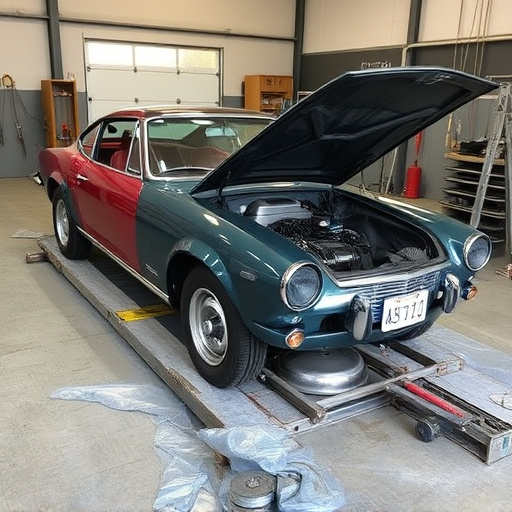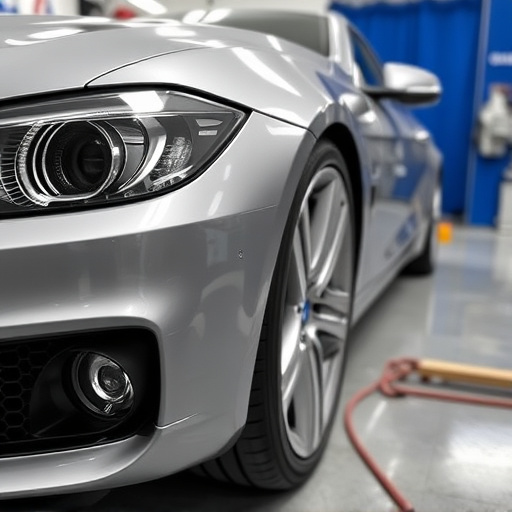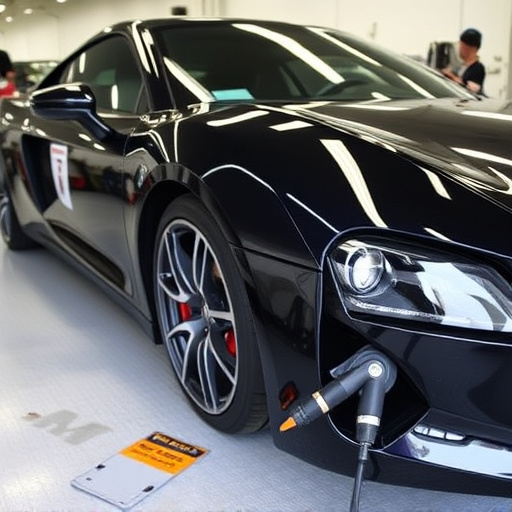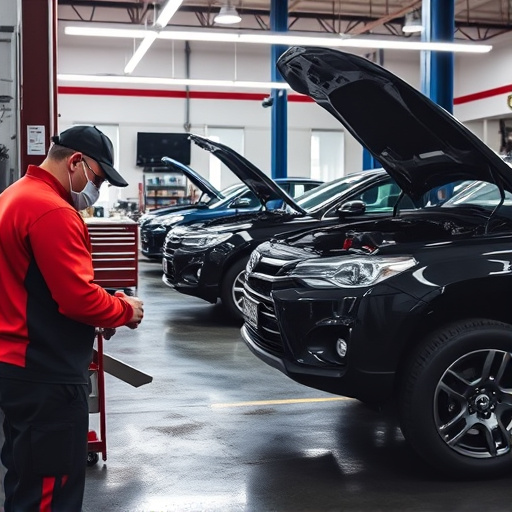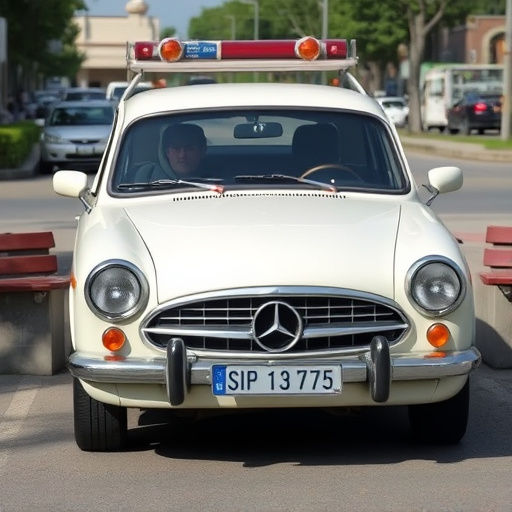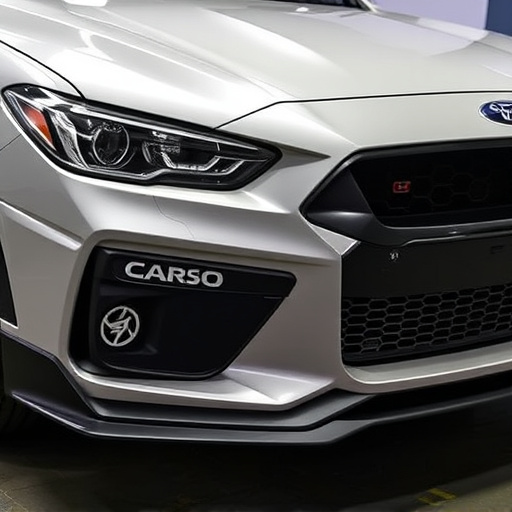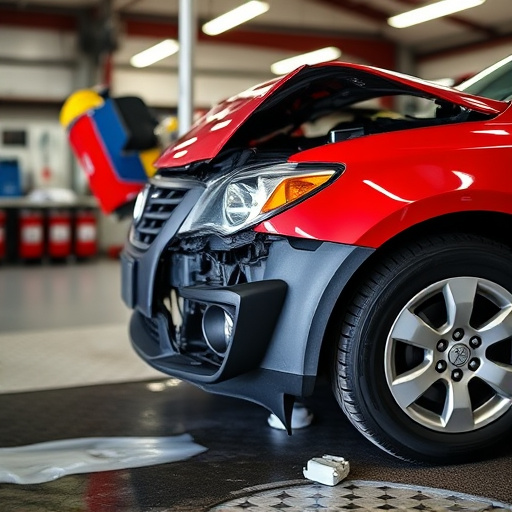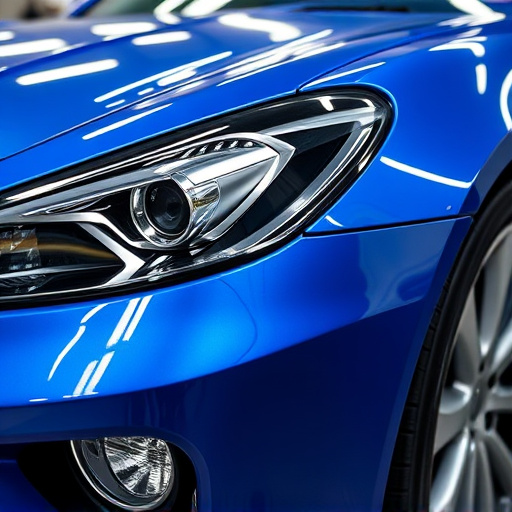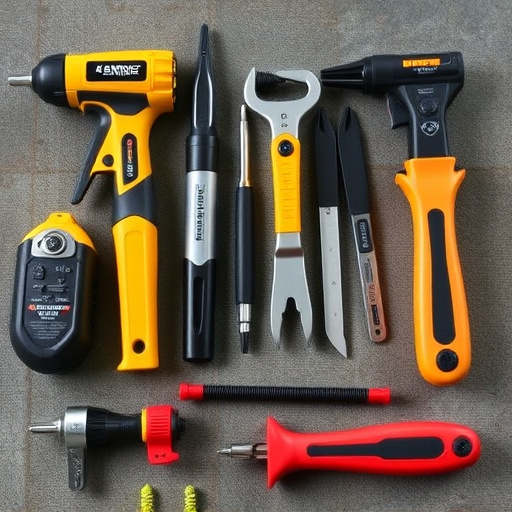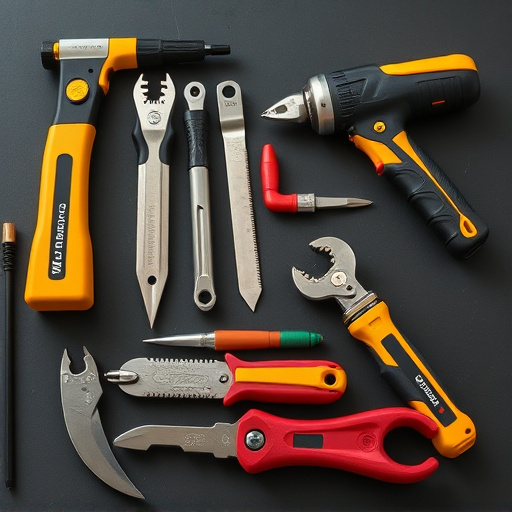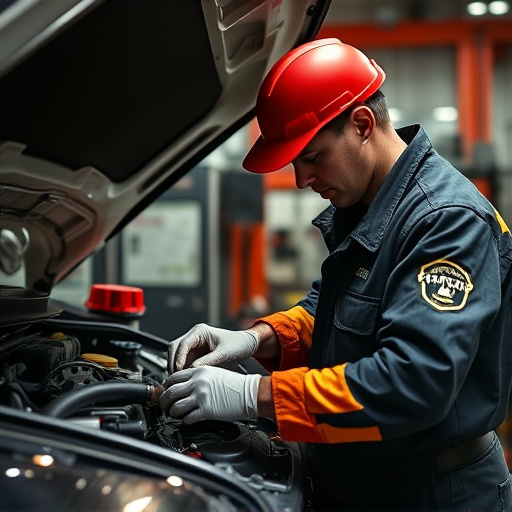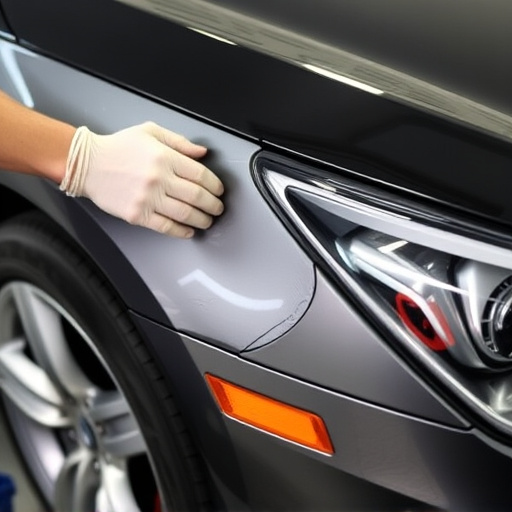Tesla vegan leather repair requires specialized tools and approved products due to its unique composition. Eco-conscious owners should choose safe, certified, non-toxic repair products to minimize environmental harm. Restoring interiors is DIY-friendly, involving cleaning, dyeing, patching, and regular maintenance to extend the life of the plant-based material. Compare services with Mercedes or body shops, focusing on plant-based adhesives and harmless cleaning agents for quality, sustainable care.
Discover the art of revitalizing your Tesla’s vegan leather interior with this comprehensive guide. Understanding the unique properties of Tesla’s vegan leather is key to effective repair. Common issues like scratches, stains, and cracks can be addressed using approved products designed for sustainability. This step-by-step tutorial equips you to restore your car’s pristine condition while ensuring eco-friendly practices. Learn which products are safe, how to prepare and apply them, and achieve a professional touch on your Tesla vegan leather repair journey.
- Understanding Tesla's Vegan Leather and Common Issues
- Choosing Safe and Approved Repair Products for Sustainability
- Step-by-Step Guide to Effective Vegan Leather Restoration
Understanding Tesla's Vegan Leather and Common Issues
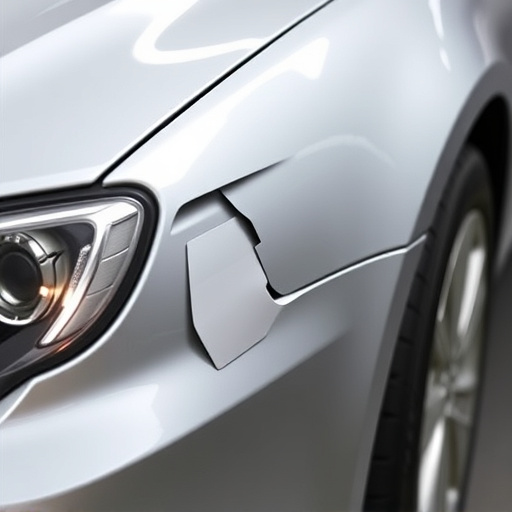
Tesla’s vegan leather is a popular choice for its sustainability and ethical production methods. However, like any material, it’s not immune to wear and tear. Common issues include scratches, tears, and fading, which can significantly impact the aesthetic appeal of your Tesla’s interior. Understanding these problems is the first step towards effective Tesla vegan leather repair.
The unique composition of vegan leather means that traditional repair methods may not always be suitable. Unlike animal-based leathers, vegan leather is made from synthetic materials, requiring specialized tools and products to ensure a seamless and durable fix. Choosing approved products is crucial for maintaining the integrity of your car’s interior, especially when compared to Mercedes Benz collision repair or services at a reputable car body shop and collision repair center.
Choosing Safe and Approved Repair Products for Sustainability
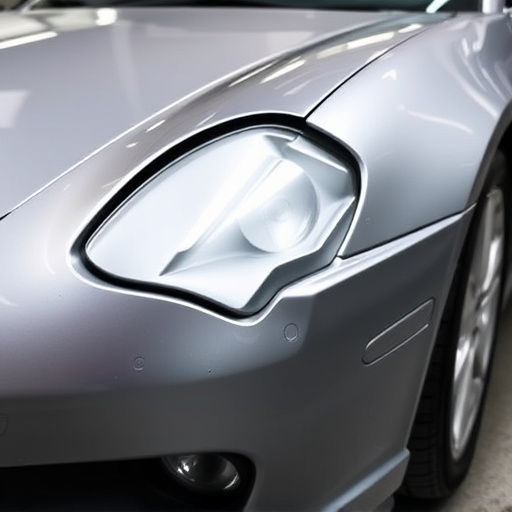
When it comes to repairing Tesla vegan leather, sustainability should be a top priority for owners who value eco-friendly practices. Choosing safe and approved repair products is essential to minimize environmental impact while ensuring long-lasting results. Opting for certified and non-toxic solutions is key; these products not only protect your vehicle’s interior but also contribute to a greener planet.
By selecting the right auto body services that specialize in Tesla vegan leather repair, you can find options that meet both quality and ecological standards. Collision repair services often offer eco-conscious alternatives, such as plant-based adhesives and non-harmful cleaning agents. This approach ensures that your vehicle receives the best care while aligning with your commitment to sustainable practices, making it a win-win for both your car and the environment.
Step-by-Step Guide to Effective Vegan Leather Restoration
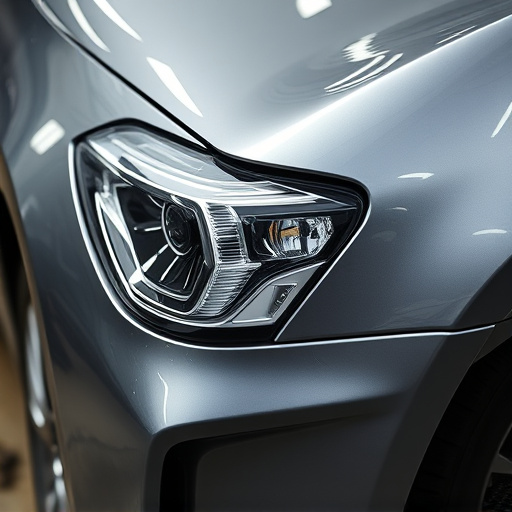
Restoring your Tesla’s vegan leather interior is a process that can be accomplished with the right tools and products. Here’s a step-by-step guide to help you achieve like-new condition for your vehicle’s seating. First, gather all necessary supplies including a vegan leather repair kit, which should include dyes, cleaners, and restoration creams specifically designed for synthetic leathers. Begin by thoroughly cleaning the damaged area using a mild soap and warm water solution, ensuring no debris or grime remains. Next, use a color-matching dye to restore any faded or discolored spots, blending it seamlessly with the surrounding leather. After allowing the dye to dry completely, apply a layer of restoration cream to even out the texture and enhance the material’s durability. Finally, buff the surface gently until smooth, matching the sheen of the rest of the interior.
For more severe damage, such as tears or holes, consider using specialized patches designed for vegan leather. Clean and prepare the area around the damage before applying the patch, ensuring it adheres securely. Once the patch is in place, use a high-quality sealer to protect it from further wear and tear. Regular maintenance, including spot cleaning and occasional reapplication of restoration products, can extend the life of your Tesla’s vegan leather interior, keeping it looking fresh and refined like the day you drove it off the lot, without ever having to resort to an auto repair shop for extensive car paint repair or auto glass repair.
In conclusion, repairing Tesla’s vegan leather requires a thoughtful approach to sustainability using approved products. By understanding the unique challenges of this material and selecting safe, eco-friendly solutions, owners can restore their vehicle’s interior to like-new condition while aligning with their environmental values. With the right tools and a step-by-step guide, achieving a successful Tesla vegan leather repair is both feasible and rewarding.
